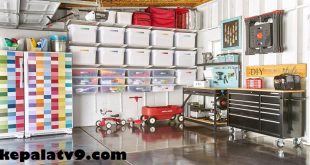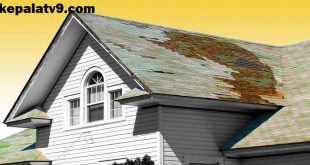In today’s world, where energy efficiency and sustainability are paramount, taking steps to properly insulate your home can lead to significant energy savings. While professional insulation services are available, many homeowners are turning to do-it-yourself (DIY) insulation projects to make their homes more energy-efficient. In this article, we’ll explore the benefits of DIY insulation, different insulation materials, and steps to ensure an efficient and cost-effective insulation project.
The Benefits of DIY Insulation
- Cost Savings: DIY insulation can be more budget-friendly than hiring professionals. You can purchase materials and tools at your convenience and save on labor costs.
- Customization: DIY projects allow you to tailor the insulation to your specific needs. You can choose the materials that work best for your home and its climate.
- Energy Savings: Proper insulation reduces heat transfer, keeping your home warmer in the winter and cooler in the summer. This leads to lower energy bills and a reduced carbon footprint.
- Learning Experience: Taking on a DIY insulation project provides valuable knowledge about your home’s structure and energy efficiency. It’s a satisfying way to improve your property.
Common DIY Insulation Materials
Several insulation materials are suitable for DIY projects. The choice depends on your budget, location, and specific needs:
- Fiberglass Insulation: This material is widely used and comes in rolls or batts. It’s relatively easy to install and provides good thermal insulation.
- Cellulose Insulation: Made from recycled paper, cellulose insulation is eco-friendly and effective. It’s blown into wall cavities or attics and offers good soundproofing.
- Foam Board Insulation: Rigid foam boards are excellent for insulating basements, crawl spaces, and exterior walls. They have a high R-value, which indicates their insulation effectiveness.
- Spray Foam Insulation: This expanding foam is ideal for sealing gaps and cracks. It provides an airtight seal, making it highly efficient but also more challenging to work with.
- Reflective Insulation: Reflective materials, like foil-faced foam, are used mainly in attics to reflect heat away. They are best suited for hot climates.
Steps for Efficient DIY Insulation
- Assess Your Home: Begin by identifying areas that need insulation. Common locations include attics, walls, basements, crawl spaces, and around windows and doors.
- Gather Materials and Tools: Purchase the insulation material that suits your needs and gather the necessary tools, such as utility knives, tape measures, safety gear, and a staple gun.
- Prepare the Area: Clean and prepare the area you plan to insulate. Remove any old insulation or debris, and seal any gaps or cracks to ensure a proper barrier.
- Install Insulation: Follow manufacturer instructions carefully to install the insulation material. Be mindful of safety precautions and wear appropriate protective gear.
- Seal Air Leaks: In addition to insulation, sealing air leaks is essential. Use caulk or expanding foam to seal gaps around doors, windows, and other openings.
- Ventilation: Ensure proper attic ventilation to prevent moisture buildup. Install baffles and vents as needed. kepalatv9.com
- Safety First: Always prioritize safety when working with insulation materials. Wear gloves, goggles, and a mask to protect yourself from fibers and dust.
Conclusion
Efficient DIY insulation is an excellent investment in your home’s energy efficiency and comfort. By choosing the right insulation material and following proper installation procedures, you can significantly reduce your energy bills and contribute to a more sustainable future. DIY insulation projects not only save you money but also empower you to take control of your home’s energy efficiency. Make your home more comfortable and eco-friendly with a well-executed insulation project.



